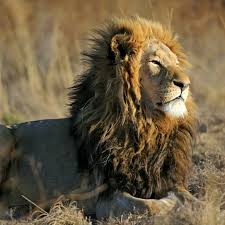Stamp: Large Coat of Arms (Sweden 1875)
Large Coat of Arms (Sweden 1875)
01 January (Sweden ) within release Coat of Arms in Landscape Format goes into circulation Stamp Large Coat of Arms face value 6 Swedish öre
| Stamp Large Coat of Arms in catalogues | |
|---|---|
| Michel: | Mi: SE D4U |
| Stamp Number: | Sn: SE O4a |
| Stanley Gibbons: | Sg: SE O31b |
| Facit: | Fac: SE TJ4v1 |
Stamp is square format.
should be collected in pairs to ensure legitimate imperforateAlso in the issue Coat of Arms in Landscape Format:
- Stamp - Large Coat of Arms face value 24;
- Stamp - Large Coat of Arms face value 6;
|
Data entry completed
23%
|
|
|---|---|
| Stamp Large Coat of Arms in digits | |
| Country: | Sweden |
| Date: | 1875-01-01 |
| Print: | Typography |
| Perforation: | Imperforate |
| Emission: | Official |
| Format: | Stamp |
| Face Value: | 6 Swedish öre |
Stamp Large Coat of Arms it reflects the thematic directions:
A coat of arms is an heraldic visual design on an escutcheon (i.e. shield), surcoat, or tabard. The coat of arms on an escutcheon forms the central element of the full heraldic achievement which in its whole consists of shield, supporters, crest, and motto. A coat of arms is traditionally unique to an individual person, family (except in the United Kingdom), state, organisation or corporation.
In British heraldry, a coronet is any crown whose bearer is less than sovereign or royal in rank, irrespective of the crown's appearance. In other languages, this distinction is not made, and usually the same word for crown is used irrespective of rank (German: Krone, Dutch: Kroon, Swedish: Krona, French: Couronne, etc.) In this use, the English coronet is a purely technical term for all heraldic images of crowns not used by a sovereign, and implies nothing about the actual shape of the crown depicted. A Coronet is another type of crown, but is reserved for the lower ranks of nobility like Marquesses and Marchionesses, Earls and Countesses, Barons and Baronesses, and some Lords and Ladies. The specific design and attributes of the crown or coronet signifies the hierarchy and ranking of its owner.
Лев (Panthera leo) — крупный представитель семейства кошачьих рода Panthera, обитающий в странах Африки к югу от Сахары и Индии. У него мускулистое тело с широкой грудью, короткая округлая голова, круглые уши и тёмный пучок волос на кончике хвоста. У него ярко выражен половой диморфизм: взрослые самцы крупнее самок и имеют густую гриву. Это социальный вид, образующий группы, называемые прайдами. Львиный прайд состоит из нескольких взрослых самцов, родственных самок и детёнышей. Группы львиц обычно охотятся вместе, охотясь в основном на средних и крупных копытных. Лев — высший и ключевой хищник.



